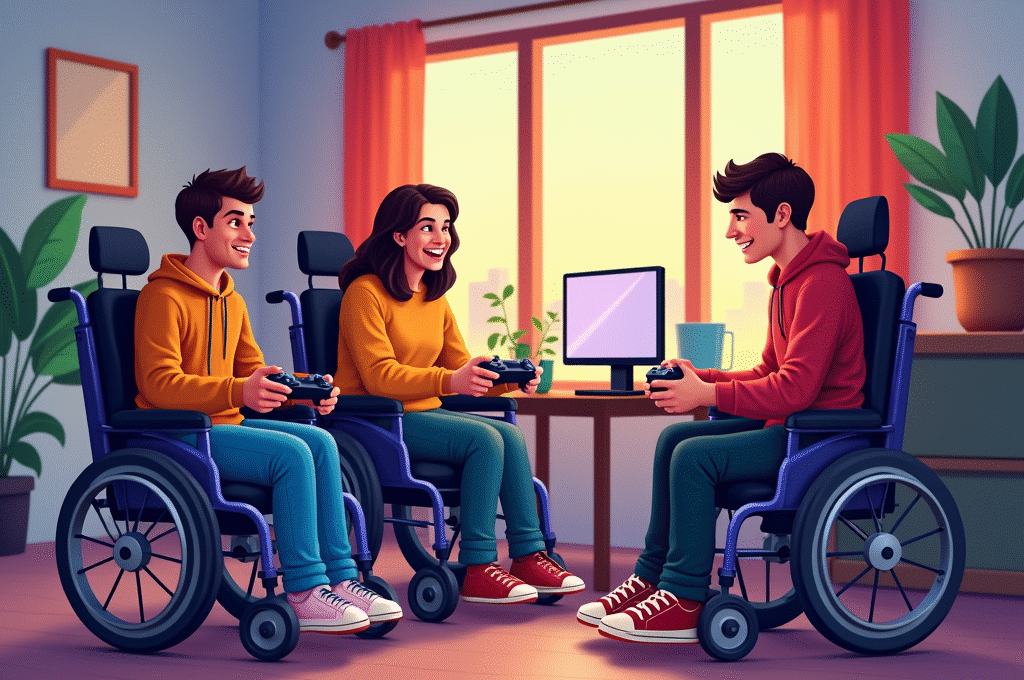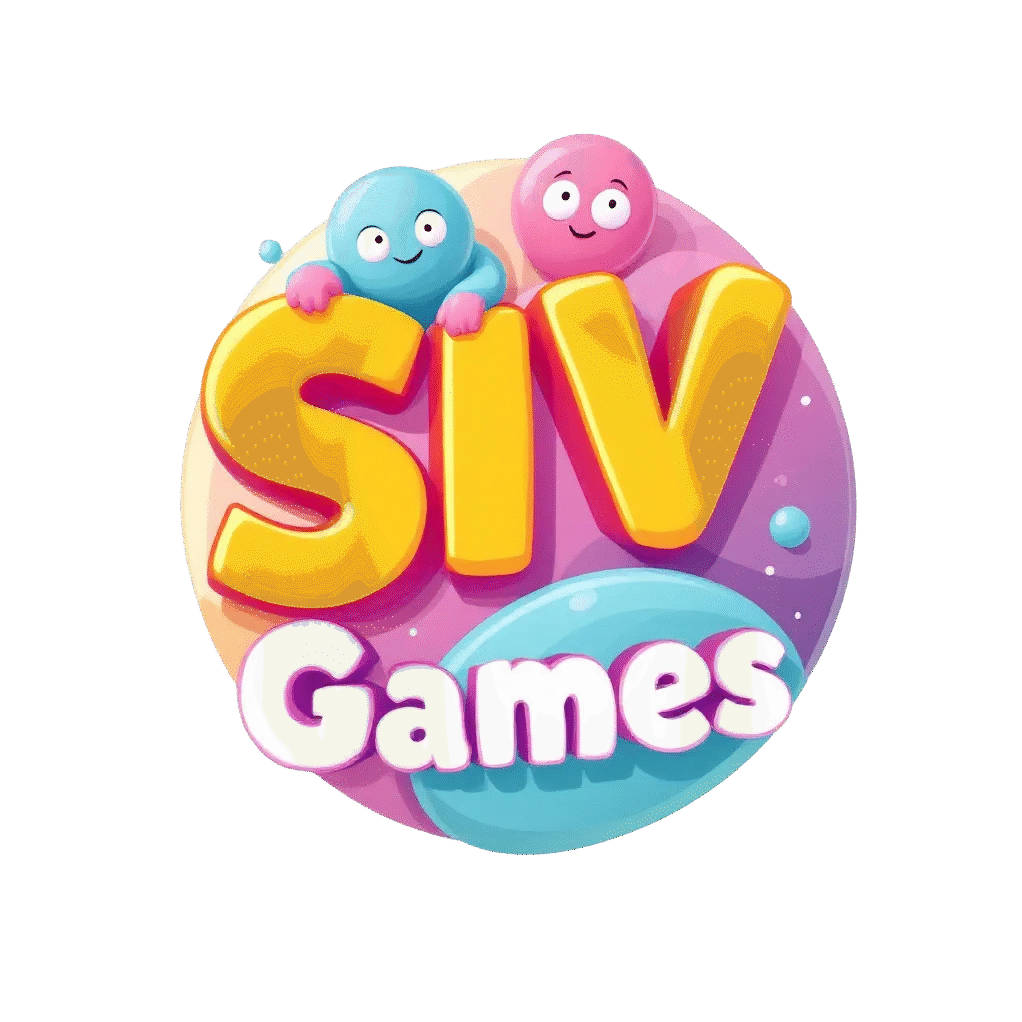**1. Introduction: The Game-Changing Impact of Accessibility 🎮**
In the evolving world of game development, one factor has gone from being a niche concern to a driving force of innovation: accessibility. As the gaming industry grows more diverse, developers and studios are recognizing the value — and responsibility — of making games playable by everyone, regardless of physical, sensory, or cognitive abilities. In this blog, we explore how game accessibility is pushing the boundaries of inclusivity, enhancing player experiences, and creating more user-friendly design standards that are elevating gaming for all.
**2. Why Accessibility Matters More Than Ever 🌍**
According to the World Health Organization, over 1 billion people live with some form of disability. As gaming becomes a mainstream cultural activity, the need to accommodate these players transforms from a social obligation into a business imperative. Increased accessibility:
– Broadens your audience
– Encourages community goodwill
– Enhances usability for all players
– Facilitates compliance with global standards (like CVAA in the U.S.)
Studios that lead with accessibility aren’t just meeting a moral standard—they’re creating better, more inclusive products that resonate with diverse player bases.
**3. Key Areas of Game Accessibility 🛠️**
Creating accessible games requires thoughtful planning across multiple dimensions:
– **Visual Accessibility**: Colorblind modes, high-contrast UI elements, text scaling, and audio cues for visual information all help users with visual impairments.
– **Auditory Accessibility**: Subtitles with speaker labels, sound visualizers, and controller rumble cues can substitute auditory signals for players who are deaf or hard of hearing.
– **Motor Accessibility**: Customizable control schemes, adaptive controller support (like Xbox Adaptive Controller), toggle options for holding buttons, and assist modes increase accessibility for players with limited mobility.
– **Cognitive and Neurological Accessibility**: Simplified instructions, distraction-free modes, consistent UI behavior, and session timers help users with cognitive or neurological differences better enjoy the experience.
**4. Case Studies: Accessibility Done Right 🔍**
Here are a few standout examples of studios going the extra mile:
– **The Last of Us Part II (Naughty Dog)**
This award-winning title includes over 60 accessibility features, including text-to-speech, audio cues, screen magnification, and much more. Its comprehensive suite makes it a gold standard in accessible AAA gaming.
– **Sea of Thieves (Rare)**
This multiplayer pirate adventure offers a range of features including high-contrast visuals, single-stick controls, and narrated menus.
– **Celeste (Matt Makes Games)**
Although a difficult platformer by design, Celeste includes an “Assist Mode” that allows alterations like slowed game speed and infinite air dashes, supporting players of varying skill levels and abilities.
**5. Tools and Frameworks for Building Accessible Games 🔧**
Accessibility doesn’t have to start from scratch. There are numerous tools and frameworks to simplify the process:
– **Microsoft Game Accessibility Guidelines (MGAG)**: A comprehensive set of guidelines maintained actively by the community.
– **Unreal Engine & Unity Plugins**: Both engines offer community-created and native plugins addressing accessibility.
– **AbleGamers Player Panels**: Firsthand feedback from gamers with disabilities to inform your development choices.
**6. Marketing Matters: Promoting Your Accessible Features 📢**
Accessible design only benefits players if they know it exists. Ensure your accessible features are well documented via:
– Dedicated sections on websites or store pages
– In-game tutorials or setup wizards
– Community shout-outs and testimonials
Marketing accessibility authentically also strengthens studio reputation and user loyalty.
**7. Challenges and Misconceptions 🚧**
Despite its importance, accessibility is sometimes sidelined due to misconceptions like:
– **“Accessibility limits creativity”**: In reality, it fosters innovation. Features like customizable UIs or modular input systems often benefit all players.
– **“It’s too expensive”**: Many features, like remappable controls or subtitle systems, are inexpensive when planned early.
– **“Only people with permanent disabilities need accessibility”**: Situational impairments (e.g., noisy environment, broken hand) also make these features valuable.
**8. Future Trends in Game Accessibility 🔮**
The future of accessibility in game development is promising:
– **AI-Driven Personalization**: Machine learning could customize difficulty or UI based on real-time feedback.
– **Standardized Accessibility APIs**: As platforms unify, expect improved cross-title consistency in accessibility features.
– **Regulatory Expansion**: More countries are likely to implement legislation requiring digital accessibility standards.
Studios embracing these trends will be at the forefront of both innovation and ethical game design.
**9. Conclusion: Inclusive Design is Better Design ❤️**
Game accessibility is not just a technical checkbox—it’s a design philosophy rooted in empathy, inclusion, and innovation. By ensuring your games are accessible, you not only empower a broader range of players to join the adventure, but also build better worlds—both virtual and real.
In the words of accessibility advocate Ian Hamilton, “Anything that benefits players with accessibility needs, benefits all players.”
So, let’s continue building games where everyone can truly play.
**Ready to level up your game’s accessibility?** Start small, consult the community, and make empathy your core mechanic.


